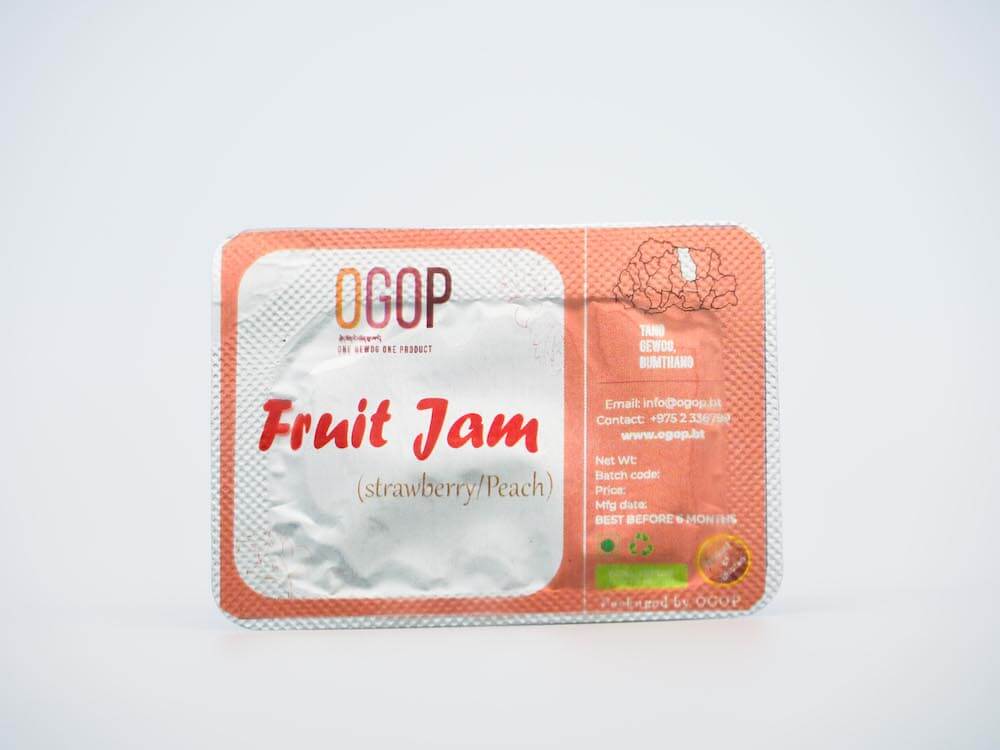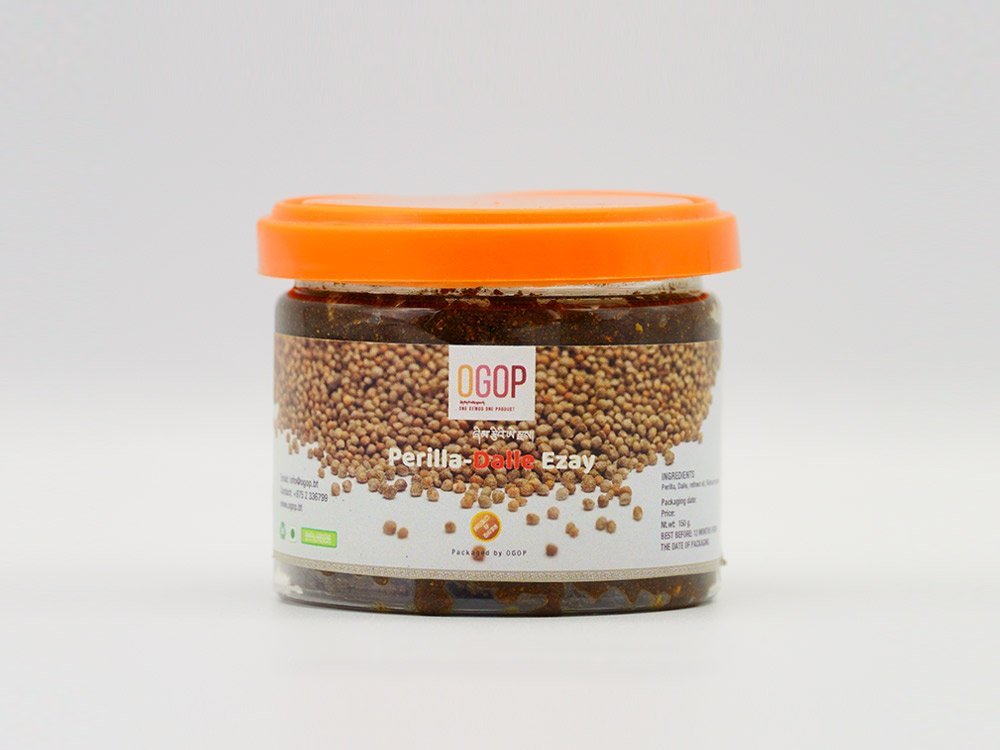- No Products In The Cart
- start shopping










- No Products In The Cart
- start shopping

The stingless Melipona bees, locally known as Puthka bees, thrive in warmer climates and have been an important part of Southern communities in Bhutan for generations. Traditionally used for its medicinal purposes, this unique floral and aromatic honey is treasured as an elixir for its curative properties. It has been historically used a home remedy for many ailments, including sore throat and wound treatment.
The Melipona bees are astonishingly small, and are only able to produce less than a kilogram of honey each year, while stinging bees (Apis Millifera) produce more than 20 kgs of honey in the same amount of time.
This, along with its healing properties, is why the Puthka honey is able to fetch a higher price than most other honeys.
Given its minute size, Puthka bees crawl to the inner parts of the flower using their mandibles, and also collect nectar through the sepal. They store honey in small resinous pots in their hives, which adds to its unique floral and tangy citrus flavour.


Local smallholder beekeepers have a rich indigenous knowledge of beekeeping that is important to preserve. In this special highlight from the village of Silangsa in Darla Gewog, we feature beekeeper Khemraj Chhetri, who established the Darla Sibjam Detshen (Darla Beekeeper’s Association) with more than 23 other households from the district. Since 2016, The Darla Sibjam Detshen has been supplying Puthka Honey and Honey to OGOP. He stated that this steady source of income for the beekeepers is used for the purchase of household amenities, shopping and for their children’s education.
Khemraj shared that while flowers and plants are essential to a bees life, this relationship extends both ways – pollinators play a crucial role in flowering plants for the production of fruits and vegetables that in turn sustains life on our planet. It has been studied that plants tend to flower more profusely in the presence of its natural pollinators. This appears evident in the rich greenery and giant foliage that surrounds the village, striking in its largeness.

The road to Silangsa is lined with glossy bristletips with pendulous vivid pink flowers, native to warmer, temperate and tropical climates. In the winter season, beekeepers often cover the wooden Puthka beehive boxes with blankets to ensure the bees are protected from cold spells. The beekeepers emphasized the interconnected nature of the environment and our wellbeing, and said that they strive to keep their surroundings pristine, while preserving the age-old tradition of beekeeping.

